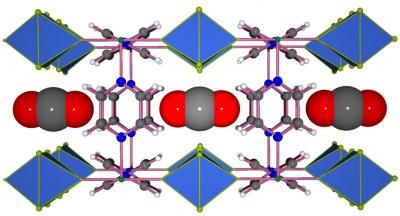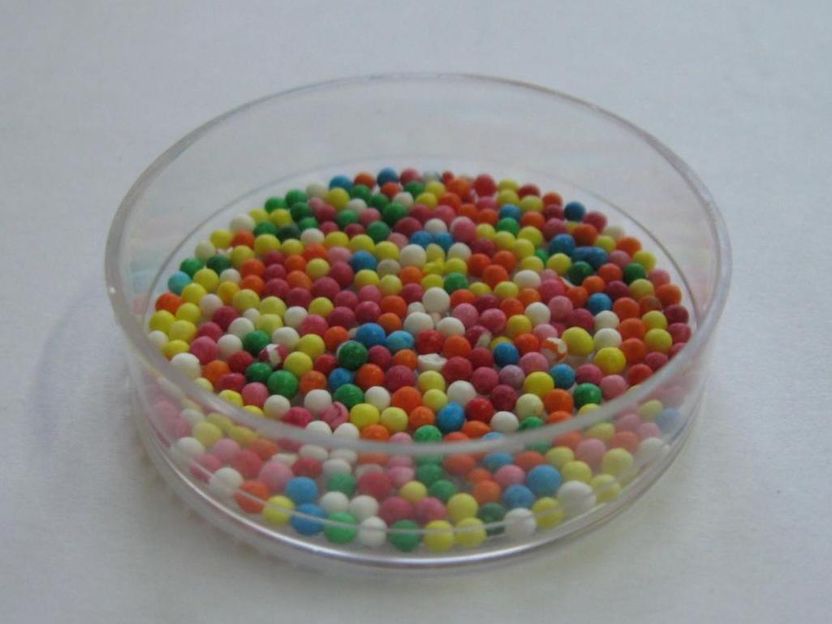Flexible low-CO² power plants
Research project by ThyssenKrupp VDM, RWE Power and Fraunhofer Institute simulates fatigue behavior of new high-performance material
Advertisement
Improving efficiency, reducing CO² and increasing flexibility are the challenges facing the new generation of coal-fired power plants. 700-degree technology will be key to this. New materials permitting extremely high steam temperatures in the boiler and turbine will help achieve greater efficiency and significantly reduce CO² emissions in the future. To speed up approval processes for the use of the materials in these power plants, two years ago ThyssenKrupp VDM and RWE Power signed a cooperation agreement and commissioned the Fraunhofer Institute for Mechanics of Materials (IWM) in Freiburg to conduct a research project: In laboratory experiments, high-grade materials are characterized for new material models to allow the behavior of highly stressed parts to be predicted by simulation. Now that the project has reached its second phase, all partners are confident that this research project will make a major contribution to accelerating the further development of new materials and introduction of new power plant technology.
The tests carried out so far at the Fraunhofer IWM have focused on a special nickel alloy. The high-performance material was heated to various temperatures in the laboratory and then repeatedly squeezed and stretched. The microstructure of the material was also observed. The carbides present here – extremely small particles within this structure – have a major influence on the material's forming properties. The high temperatures to which the material is exposed in the power plant cause the carbides to grow and could possibly weaken the material. "The more we understand about how the material changes under extreme loads, the more reliable the simulation methods we use to predict the service life of critical power plant components will be," explains Dr. Thomas Seifert, head of "Lifetime concepts, thermomechanics," at the Fraunhofer Institute for Mechanics of Materials (IWM).
All the partners are contributing their specialist knowledge to the project: ThyssenKrupp VDM is providing its expertise in the production and processing of nickel alloys, the Fraunhofer Institute is carrying out laboratory tests for material characterization and developing the material models, and RWE Power is analyzing power plant component load profiles and operating records with a view to optimizing the use of materials. "New, more efficient power plant technologies are urgently required to further reduce CO² emissions," says Dr. Jutta Klöwer, head of research and development at ThyssenKrupp VDM. "As these higher efficiencies can only be achieved through higher steam temperatures, for example in 700-degree power plants, other materials are needed." ThyssenKrupp VDM develops and produces these special nickel alloys for boiler tubes and turbine parts. "The simulations help us to optimize geometry and load conditions when designing critical parts, and also to define practical maintenance intervals and test locations," says Dr. Ralf Mohrmann from the quality and organization unit of RWE Technology. "They allow us to determine which components need to be replaced ahead of schedule, depending on power plant operation." The advantage: Researchers can identify possible weaknesses in part geometry in advance and develop alternatives; this speeds up the construction of more environment-friendly and more flexible power plants.
By the middle of the decade RWE Power aims to achieve power plant efficiencies of over 50% with the help of the newly developed materials. "This means that state-of-the-art conventional power plants will play a key role in achieving the climate targets and thanks to their increased flexibility they will actually allow the growth of renewable energies which deliver strongly fluctuating power to the grid," says Dr. Johannes Heithoff, head of research and development at RWE Power. "The use of computer simulations is completely new in this area. They allow material development times to be reduced considerably," says Dr. Jutta Klöwer. "They help us achieve greater power plant efficiency more quickly and thus make a positive contribution to protecting the environment."
































































